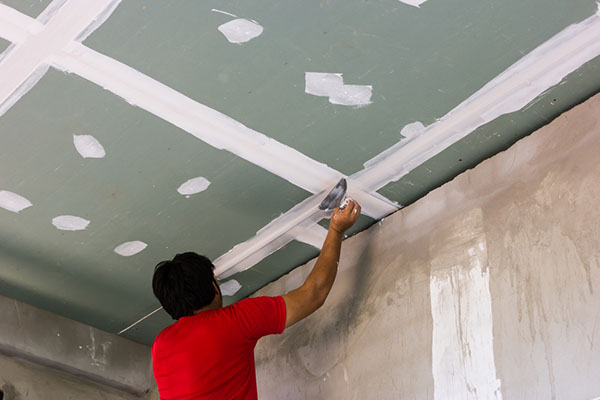Using a Gib Fixer is a critical process to maintain your car correctly. It can prevent you from getting a vehicle damaged by road debris. In addition, it can also keep your car in excellent condition. A Gib Fixer is a device that allows you to fix your car’s fender without breaking it. It also keeps your vehicle from stalling. Improving your car’s fender takes a bit of time, but it’s worth it. GIB Fixing is attaching plasterboard panels to the back of sheet joints. This process aims to reduce rotation and increase the strength of joints between GIB board sheets. It is beneficial around girder trusses. It can also be used on sheets close to butt joints on ceilings. GIB Fixing is only sometimes necessary. Back-blocking is unnecessary if a ceiling has two horizontal and no butt joints. However, back-blocking is essential if a ceiling has three or more horizontal joins.

A back-block is an offcut of plasterboard, usually 200mm wide, which fits between framing members. The best time to install a back-block is before the boards are flushed. It makes it easier to fit the boards. Back-blocking is also recommended for butt joints on walls. The application of back-blocking is a standard method of reinforcing plasterboard joints. However, it is essential to ensure that back-blocking is not used for recessed wall joints. A back-block creates an artificial taper at the end of a sheet. Getting a good finish on a wall is no easy feat. The best way to go about it is to hire a professional plasterer. They will coordinate work with other trades and ensure the job is done correctly. You can fix GIB, but it’s best left to the pros. They’ll ensure your framing is up to scratch and that your walls are safe and sound. The A Gib Fixer has many responsibilities, but one of the most important is ensuring the walls of your home are as safe as they look. The best way to do this is to follow the manufacturers’ recommended GIB installation guidelines. It includes using the correct-sized battens for the sheet and fixing it in the right places.
A Gib Fixer will also give you an excellent finish on the wall. It is essential in a larger space where getting an exact fit is challenging. Using T-braces can wedge between the connections and provide some semblance of stability. GIB fixing is a grueling undertaking and a risky one at that. The right equipment and training can go a long way toward ensuring a safe and successful project. The proper safety gears, including knee pads and goggles, are the key to a well-done job. Aside from that, an excellent working atmosphere and a well-stocked first aid kit are essential. GIB fixers have to deal with all plastering jobs, from re-plastering walls and ceilings to add decorative finishing touches. The top-notch GIB fixer should have all the tools and equipment to do the job. The best way to do this is to make a list of all the items you will need and get them inspected and tested before you hand them over to your employees. The essentials are safety goggles, safety glasses, and a nifty toolbox.
GIB fixing is a technique to repair damaged plasterboards. The material used is gypsum, which is natural. There are several plastic treatments and steps involved in fixing GIB. It can take a long time and requires skill. However, it can improve the look of your room and help protect your occupants from injuries. It is essential to repair GIB damage because it can physically harm the house’s occupants. You can improve the GIB fixing by using different methods. If you do it on your own, you can damage the plasterboard. Then you will need a lot of material and time to remove the old plaster. Also, you need to use tools and screws to fix the plasterboard.